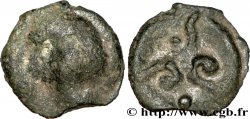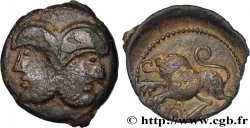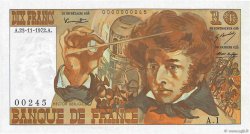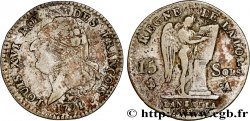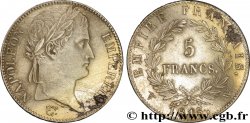v34_1293 - GALLIEN - BELGICA - SUESSIONES (Region die Soissons) Potin au cheval, classe I
MONNAIES 34 (2008)
Startpreis : 320.00 €
Schätzung : 480.00 €
Erzielter Preis : 320.00 €
Startpreis : 320.00 €
Schätzung : 480.00 €
Erzielter Preis : 320.00 €
Type : Potin au cheval, classe I
Datum: Ier siècle avant J.-C.
Metall : Potin (Kupfer-Zinn-Blei)
Durchmesser : 21,5 mm
Stempelstellung : 1 h.
Gewicht : 6,25 g.
Seltenheitsgrad : R2
Kommentare zum Erhaltungszustand:
Exemplaire complet et bien coulé, légèrement concave au revers. Un seul penon de coulé est visible, à une heure au droit. Patine anthracite, brillante au revers
N° im Nachschlagewerk :
Vorderseite
Titulatur der Vorderseite ANÉPIGRAPHE.
Beschreibung Vorderseite Tête nue à droite ; devant la tête un croissant, collier perlé au cou ; grènetis en vingt-six annelets et bourrelet périphérique.
Rückseite
Titulatur der Rückseite ANÉPIGRAPHE.
Beschreibung Rückseite Cheval bondissant à gauche ; une esse aux extrémités annelées au-dessus du cheval, un annelet et un V renversé aux extrémités annelées au-dessous du cheval ; grènetis en onze annelets au-dessus du cheval et pointé au-dessous.
Kommentare
Les potins de la classe I ont une tête assez massive entourée d'annelets. Le poids moyen des sept exemplaires de la BN est de 4,42 grammes. Les diamètres et l'orientation des moules semblent être systématiquement 21-22 millimètres et 1 heure. Il serait intéressant de vérifier le nombre d'annelets (26 au droit et 11 au revers) sur d'autres exemplaires ; cette série semble plus rare qu'il n'y parait et être extrêmement standardisée.
Class I gossips have a fairly massive head surrounded by annulets. The average weight of the seven examples in the BN is 4.42 grams. The diameters and orientation of the molds seem to be systematically 21-22 millimeters and 1 o'clock. It would be interesting to check the number of annulets (26 on the obverse and 11 on the reverse) on other examples; this series seems rarer than it appears and to be extremely standardized.
Class I gossips have a fairly massive head surrounded by annulets. The average weight of the seven examples in the BN is 4.42 grams. The diameters and orientation of the molds seem to be systematically 21-22 millimeters and 1 o'clock. It would be interesting to check the number of annulets (26 on the obverse and 11 on the reverse) on other examples; this series seems rarer than it appears and to be extremely standardized.








 Berichten über einen Fehler
Berichten über einen Fehler Die Seite drucken
Die Seite drucken Teilen meiner Auswahl
Teilen meiner Auswahl Stellen Sie eine Frage
Stellen Sie eine Frage Einlieferung/Verkauf
Einlieferung/Verkauf
 Details
Details
